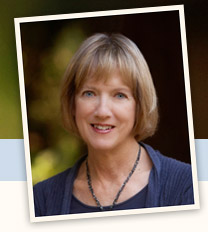We spent a year preparing for this summer’s trip to Europe with all our children and grandchildren, 22 strong. Ranging in age from 5 to 11, the eight grandchildren had finally reached an age where we thought they could appreciate being in Amsterdam Paris
We thought it was a hugely successful trip and I want to share what we’ve learned. I hope these tips will be useful if you’re planning to travel with kids.
Travel Preparation: The key to successful foreign with children is preparation. If they have not been prepared for the trip, their attention won’t move outside a 10-foot radius of where they are at any given time. During Cousin Camp 2011 at home, we had a world map, with flagged pushpins bearing each child’s and each adult’s name so we could see where everybody lived and how far it was to where the Amsterdam Amsterdam Amsterdam and Paris
Public Transportation: One of our goals was to familiarize the kids with public transportation which they rarely use in our automobile-oriented U.S. Amsterdam
Lessons with Grandma and Grandpa: Every day in the late afternoon, we would gather up the children—in a nook in the hotel lobby or spread out on blankets in a park—for a lesson with G&G, usually focused on planned activities for the next day. We discussed the dangers faced by Hollanders who helped bring food to Anne Frank’s family and analogies between the Nazis and bullying in school. They learned how to say “Bonjour, Madame” and “Au Revoir, Monsieur” before leaving or after returning to the hotel, much to the delight of our French desk clerks.
Safety: In our meetings, we practiced what to do if you get separated from the crowd and how to use your green silicon wrist band, bearing the words “Sterling Cousin Camp 2012,” along with Hinke’s cell phone number.
Hotels and Restaurants: Small European hotel rooms are generally designed for two adults, sometimes with accommodations for a third person. “Quads” for four people are
common in the big U.S. Amsterdam and Paris
The Schedule: There’s not much room for spontaneity with a big crowd that includes children. A schedule with times to meet in the lobby and routes to follow on the tram or metro system will ensure you get to all the places you want to see.




